Home>Energy>Home Insulation & Ventilation>How Often To Replace Weather Stripping
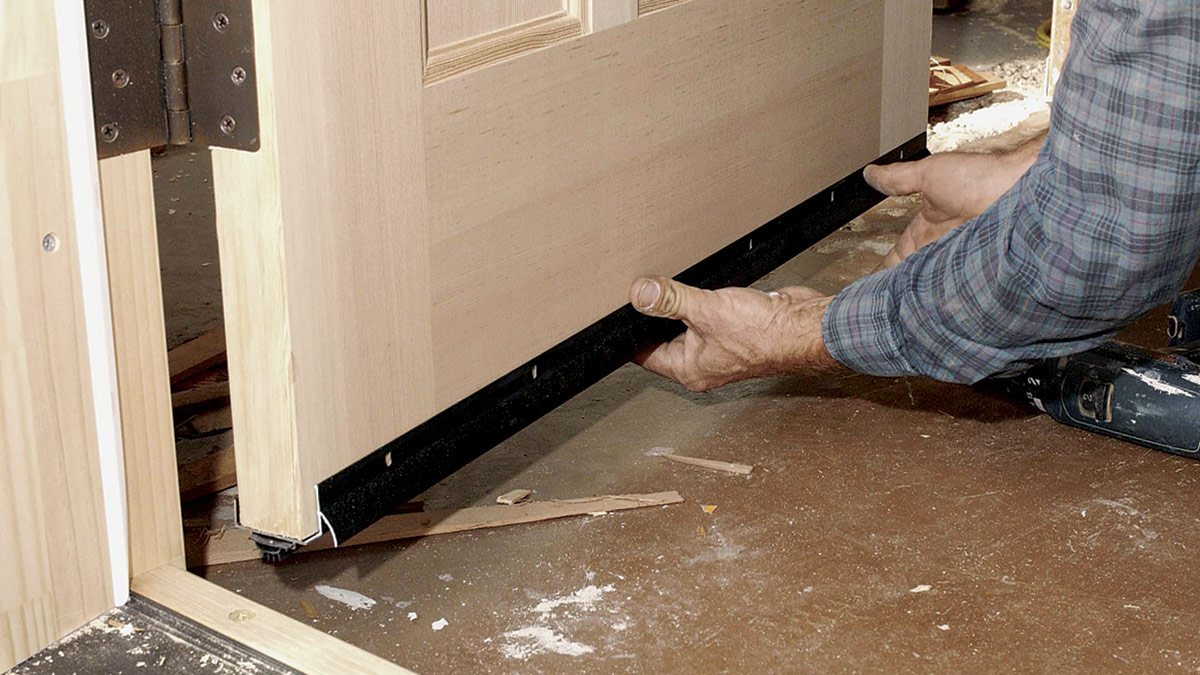

Home Insulation & Ventilation
How Often To Replace Weather Stripping
Modified: January 4, 2024
Learn how often to replace weather stripping for optimal home insulation and ventilation. Discover the best practices for maintaining energy efficiency and indoor comfort.
(Many of the links in this article redirect to a specific reviewed product. Your purchase of these products through affiliate links helps to generate commission for Storables.com, at no extra cost. Learn more)
Introduction
Welcome to the world of home insulation and ventilation! Weather stripping is a vital component of your home's energy efficiency and comfort. It serves as a barrier against drafts, moisture, and outdoor pollutants, ensuring that your indoor environment remains cozy and protected. However, like any other part of your home, weather stripping is subject to wear and tear over time. Understanding when and how often to replace weather stripping is crucial for maintaining a well-insulated and efficient home.
In this comprehensive guide, we will delve into the signs that indicate weather stripping wear, the factors influencing its lifespan, and the recommended frequency for replacement. By the end of this journey, you will gain valuable insights into optimizing your home's insulation and ensuring its long-term functionality. So, let's embark on this enlightening exploration of weather stripping and its maintenance for a more comfortable and energy-efficient living space.
Key Takeaways:
- Regularly inspect weather stripping for signs of wear like cracks, visible gaps, and increased energy bills. Timely replacement ensures a cozy and energy-efficient home.
- Consider material quality, environmental factors, and proactive maintenance for optimal weather stripping lifespan. Annual inspections and prompt replacements maintain a well-insulated living space.
Signs of Weather Stripping Wear
As weather stripping ages, it gradually loses its effectiveness in sealing gaps around doors, windows, and other openings. Recognizing the signs of wear is essential for timely maintenance and optimal energy efficiency. Here are the key indicators that your weather stripping may need replacement:
- Deterioration: Over time, weather stripping materials such as rubber, foam, or vinyl can degrade due to exposure to sunlight, temperature fluctuations, and moisture. Look for signs of cracking, peeling, or crumbling, as these indicate a loss of sealing capability.
- Visible Gaps: Inspect the areas around your doors and windows for visible gaps when they are closed. If you can see light passing through or feel drafts, it’s a clear indication that the weather stripping is no longer providing an effective seal.
- Increased Energy Bills: A sudden spike in your energy bills could be attributed to compromised weather stripping. When the sealing integrity is compromised, your heating and cooling systems have to work harder to maintain the desired indoor temperature, leading to increased energy consumption.
- Moisture Intrusion: Damaged weather stripping can allow moisture to seep into your home, leading to potential water damage, mold growth, and decreased indoor air quality. Keep an eye out for signs of water stains or mold near windows and doors.
- Noise and Dust: Worn weather stripping may fail to block outdoor noise and dust from entering your home, impacting the overall comfort and cleanliness of your living space.
By staying vigilant for these signs, you can proactively address weather stripping wear before it leads to more significant issues, ensuring that your home remains well-insulated and protected from external elements.
Factors Affecting Weather Stripping Lifespan
The lifespan of weather stripping can be influenced by various factors, and understanding these influences is crucial for effectively managing its maintenance. Here are the key factors that can affect the longevity of weather stripping:
- Material Quality: The type and quality of the weather stripping material significantly impact its durability. High-quality materials such as silicone, EPDM rubber, or reinforced vinyl are more resistant to wear and degradation, offering longer lifespans compared to lower-grade materials.
- Exposure to Elements: Weather stripping that is constantly exposed to harsh sunlight, extreme temperatures, and moisture is prone to accelerated wear. Areas with high humidity or frequent rain may experience faster deterioration of weather stripping materials.
- Frequency of Use: Doors and windows that are frequently opened and closed can put more strain on weather stripping, leading to quicker wear and tear. High-traffic areas may require more frequent inspection and replacement of weather stripping.
- Installation Quality: The initial installation of weather stripping plays a crucial role in its long-term performance. Properly installed weather stripping forms a tight seal, reducing the likelihood of premature wear. Conversely, poorly installed weather stripping may degrade faster due to gaps and uneven stress distribution.
- Chemical Exposure: Exposure to certain chemicals, such as cleaning agents or pesticides, can degrade weather stripping materials, reducing their effectiveness over time. It’s important to be mindful of the chemicals that come into contact with the weather stripping and take precautions to minimize potential damage.
- Age of the Weather Stripping: Even high-quality weather stripping materials have a limited lifespan. As weather stripping ages, its resilience and sealing properties naturally diminish, necessitating periodic assessment and replacement.
By considering these factors, homeowners can make informed decisions regarding the selection, maintenance, and replacement of weather stripping, ultimately maximizing its performance and contributing to a well-insulated and energy-efficient home environment.
Replace weather stripping every 3-5 years or as soon as you notice signs of wear and tear, such as cracking or peeling. This will help maintain a tight seal and improve energy efficiency.
Recommended Replacement Frequency
While the lifespan of weather stripping can vary based on the factors mentioned earlier, it’s essential to establish a general guideline for its replacement to maintain optimal insulation and energy efficiency. The recommended frequency for weather stripping replacement depends on several factors, including the material used, environmental conditions, and the level of wear. Here are some practical recommendations to guide the replacement frequency:
- Annual Inspection: Conduct a thorough inspection of all weather stripping around doors, windows, and other openings at least once a year. Look for signs of wear, damage, or loss of sealing effectiveness. This proactive approach allows you to identify and address potential issues before they escalate.
- Visual and Functional Assessment: Regularly visually inspect the condition of the weather stripping and perform functional tests to check for proper sealing. If you notice any visible damage, gaps, or decreased sealing performance, consider replacing the weather stripping promptly, regardless of the elapsed time since the last replacement.
- Material-Specific Guidelines: Different weather stripping materials have varying lifespans. Refer to the manufacturer’s recommendations or industry standards for specific guidance on the expected lifespan of the material used in your weather stripping. This can serve as a baseline for determining the replacement frequency.
- Environmental Considerations: Homes located in regions with extreme weather conditions, high humidity, or intense sunlight may require more frequent weather stripping replacement due to accelerated wear. Tailor your replacement schedule to accommodate the unique environmental factors impacting the longevity of the weather stripping.
- Proactive Maintenance: In addition to scheduled replacements, proactive maintenance measures such as cleaning, lubrication (for certain types of weather stripping), and minor repairs can extend the lifespan of weather stripping, reducing the frequency of full replacements.
By integrating these recommendations into your home maintenance routine, you can ensure that the weather stripping remains in optimal condition, effectively sealing your home against external elements and contributing to energy savings and indoor comfort.
Conclusion
As we conclude our exploration of weather stripping replacement frequency, it’s evident that proactive maintenance and timely replacements are essential for preserving the integrity of your home’s insulation and energy efficiency. By recognizing the signs of weather stripping wear, understanding the factors affecting its lifespan, and following recommended replacement guidelines, homeowners can effectively manage this critical aspect of home maintenance.
Regular inspections, both visual and functional, play a pivotal role in identifying deteriorating weather stripping and addressing potential issues before they compromise the comfort and energy efficiency of your home. Moreover, considering environmental factors and material-specific guidelines provides valuable insights into tailoring the replacement frequency to suit the unique conditions impacting the longevity of the weather stripping.
Ultimately, a well-maintained and properly functioning weather stripping system contributes to a more comfortable, energy-efficient home, reducing heating and cooling costs while enhancing indoor air quality and overall livability. By integrating weather stripping maintenance into your home care routine, you can enjoy the benefits of a well-insulated, draft-free environment, ensuring year-round comfort for you and your family.
We hope that this guide has equipped you with the knowledge and understanding necessary to make informed decisions regarding weather stripping maintenance and replacement, empowering you to create a more energy-efficient and comfortable living space. Remember, a small investment in timely weather stripping replacements can yield significant long-term benefits, making it a worthwhile endeavor for any homeowner.
Frequently Asked Questions about How Often To Replace Weather Stripping
Was this page helpful?
At Storables.com, we guarantee accurate and reliable information. Our content, validated by Expert Board Contributors, is crafted following stringent Editorial Policies. We're committed to providing you with well-researched, expert-backed insights for all your informational needs.

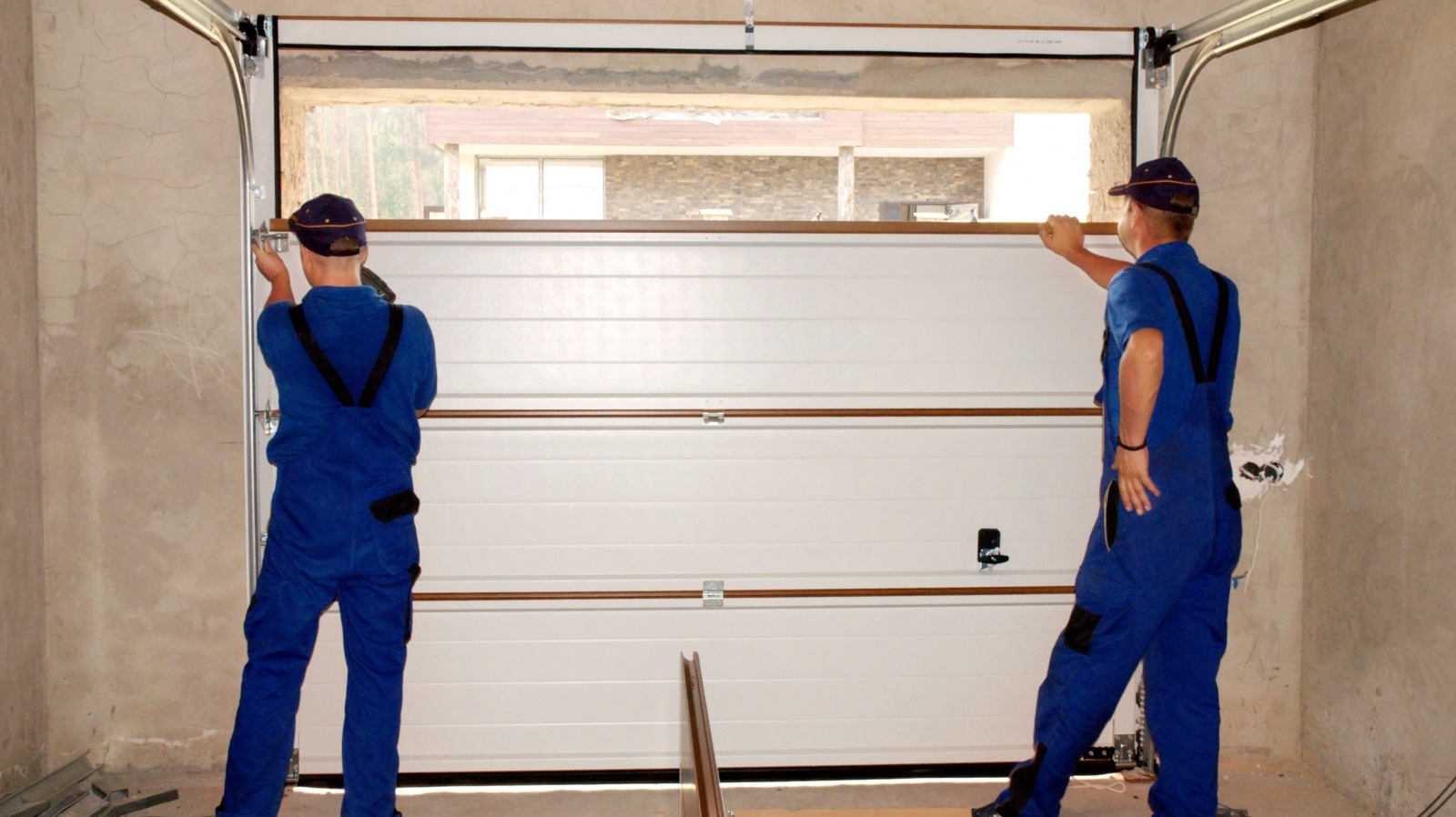
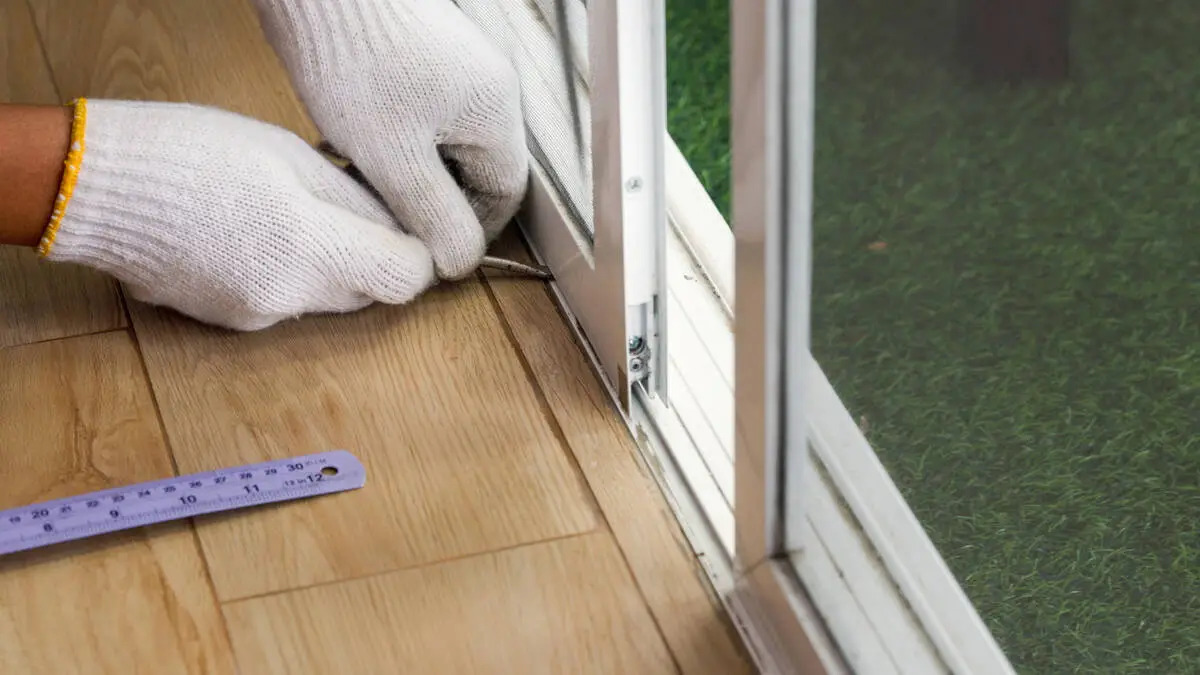
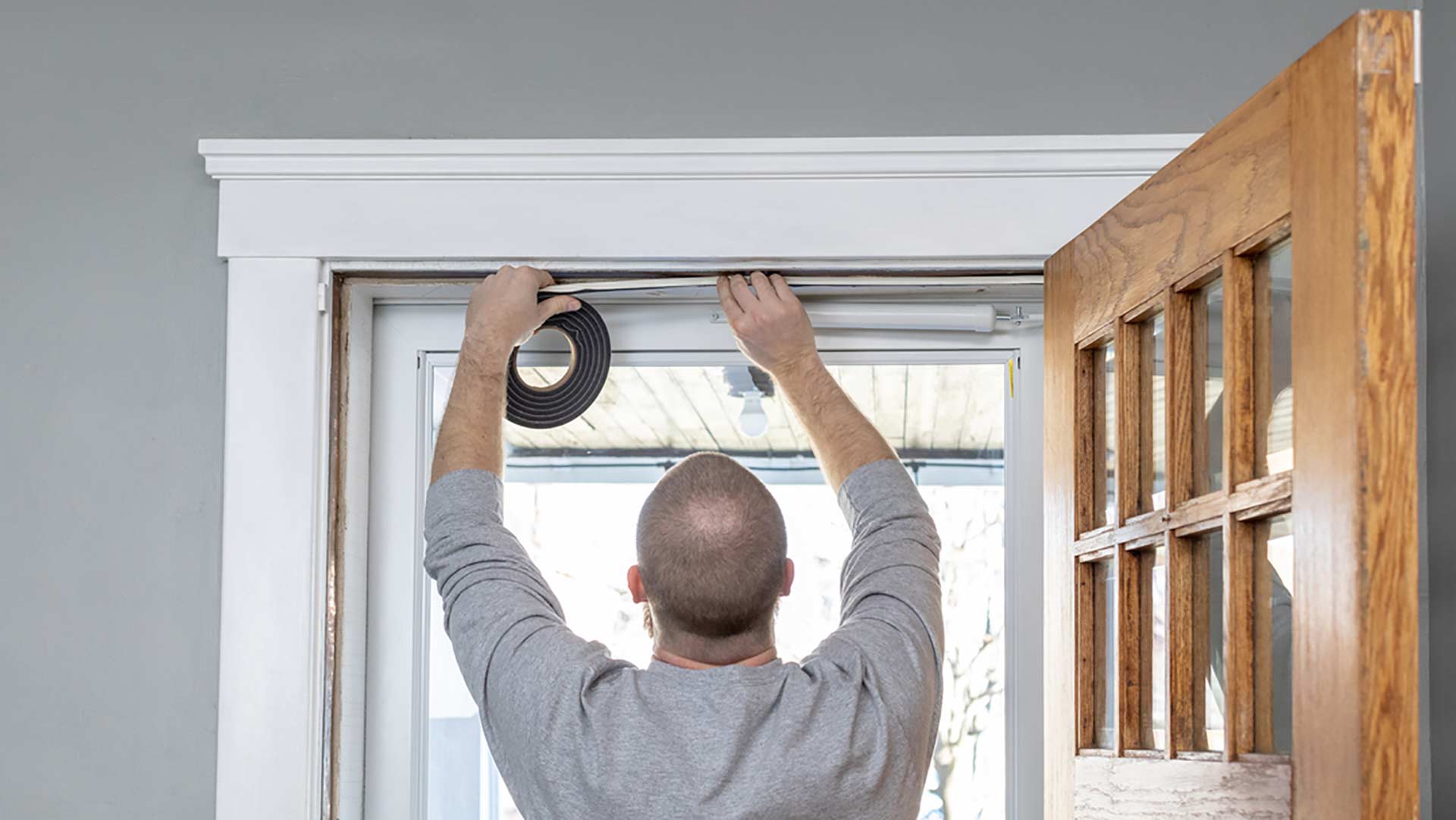
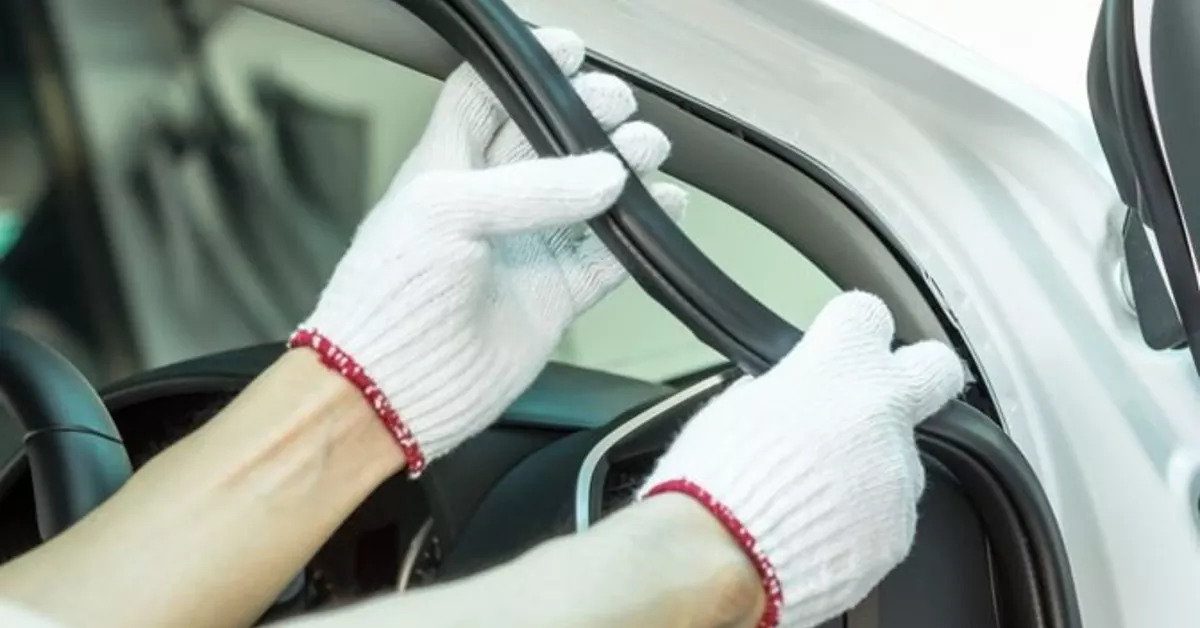
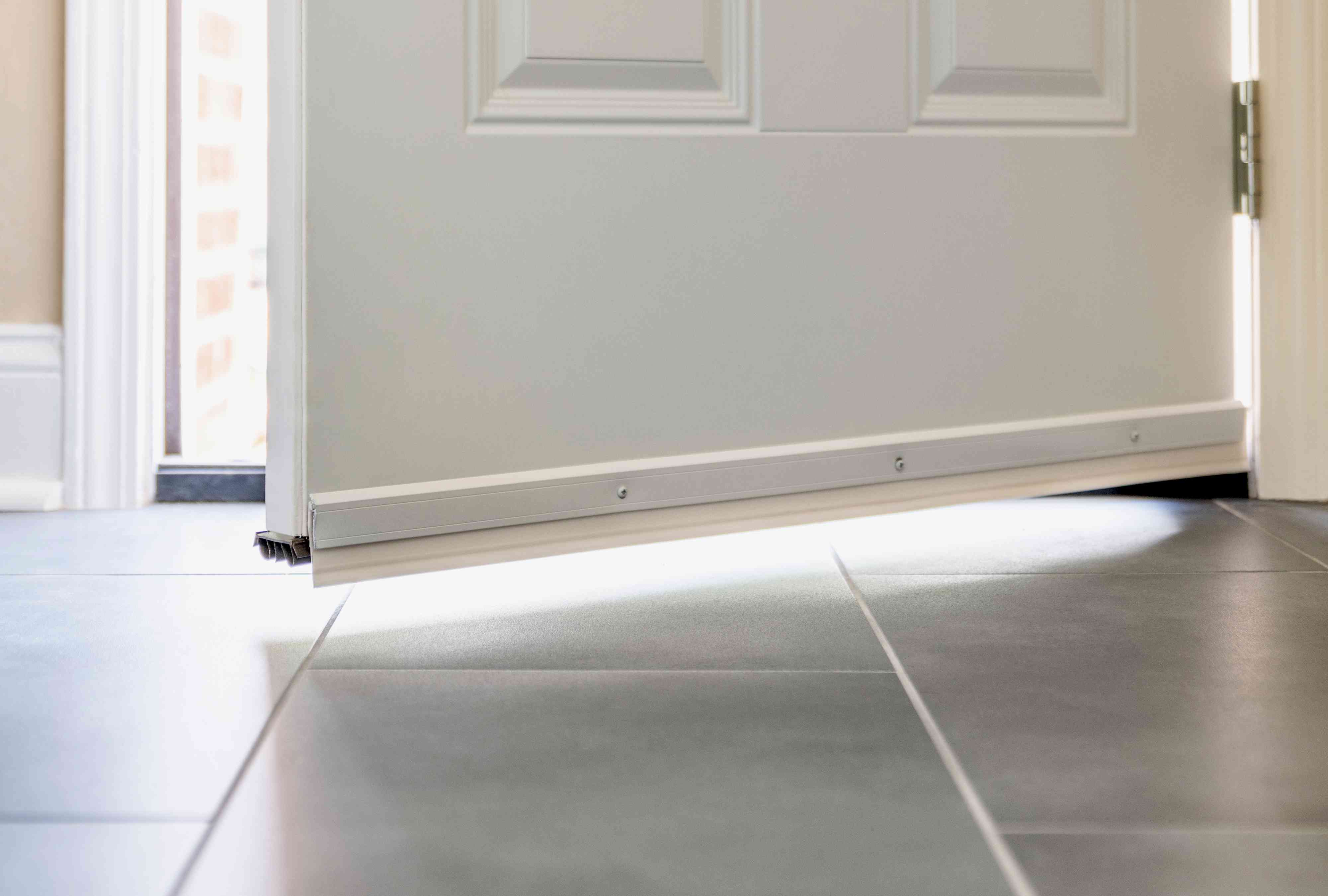
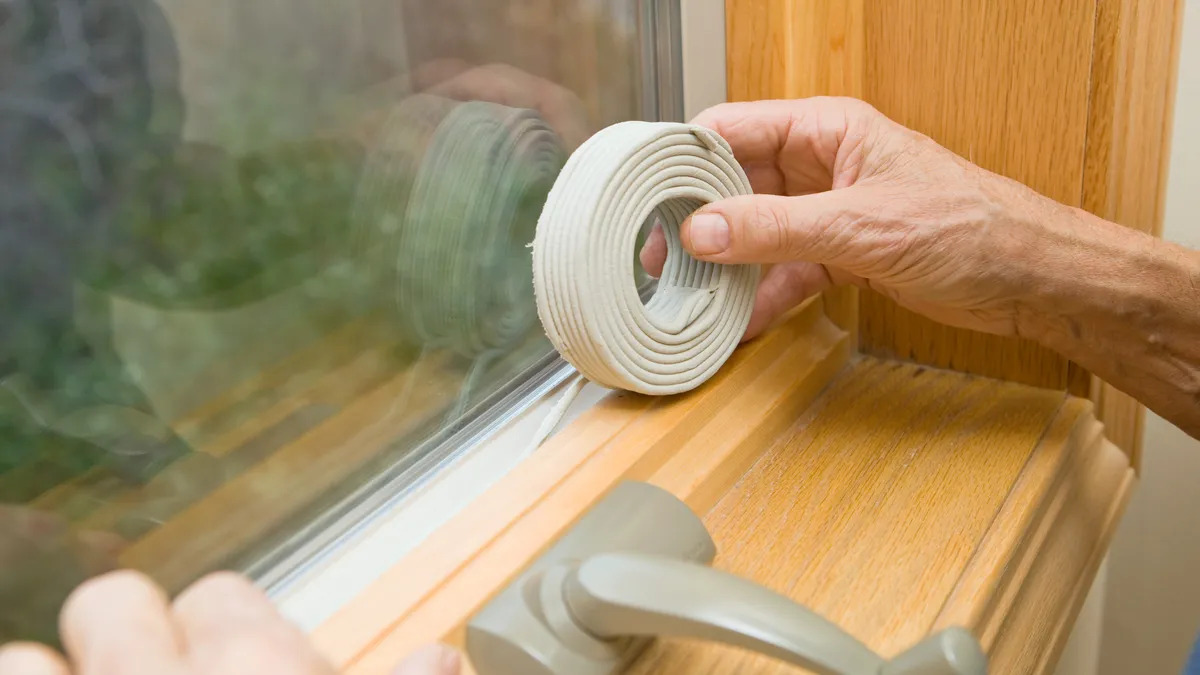
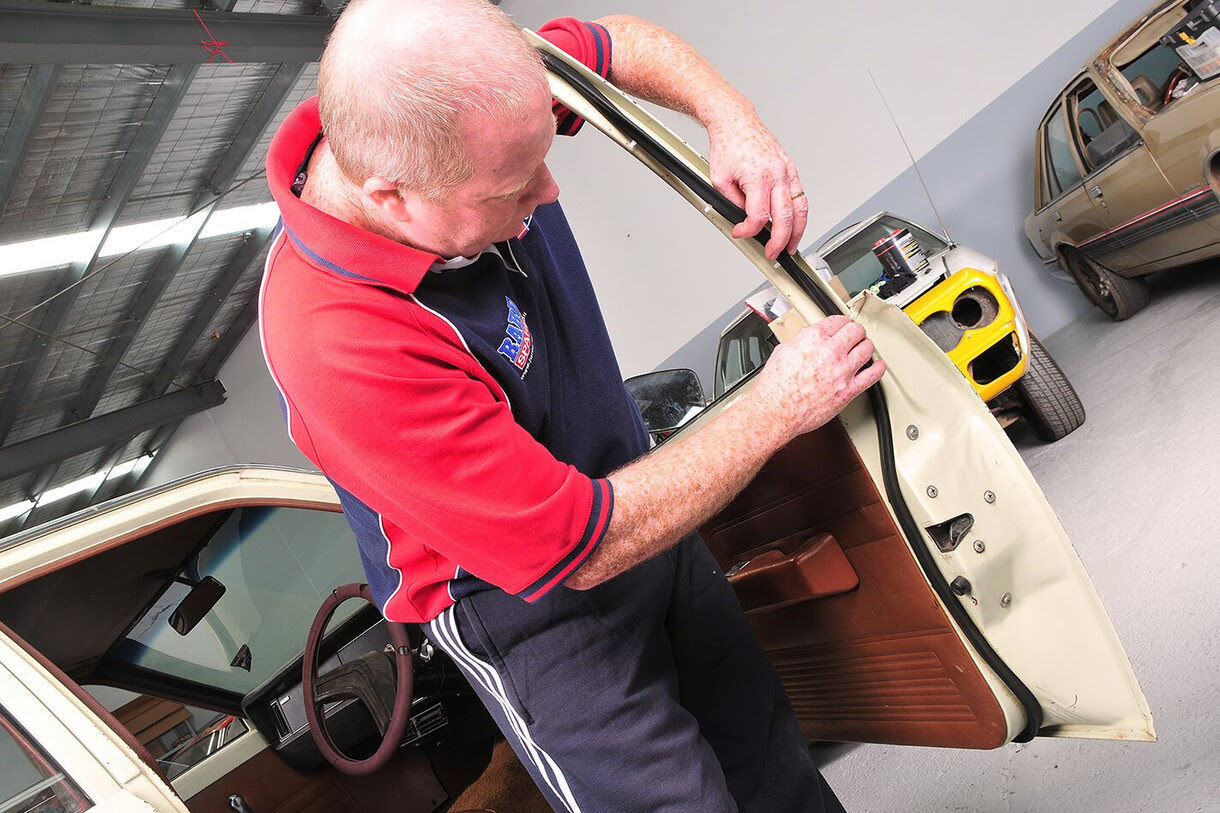
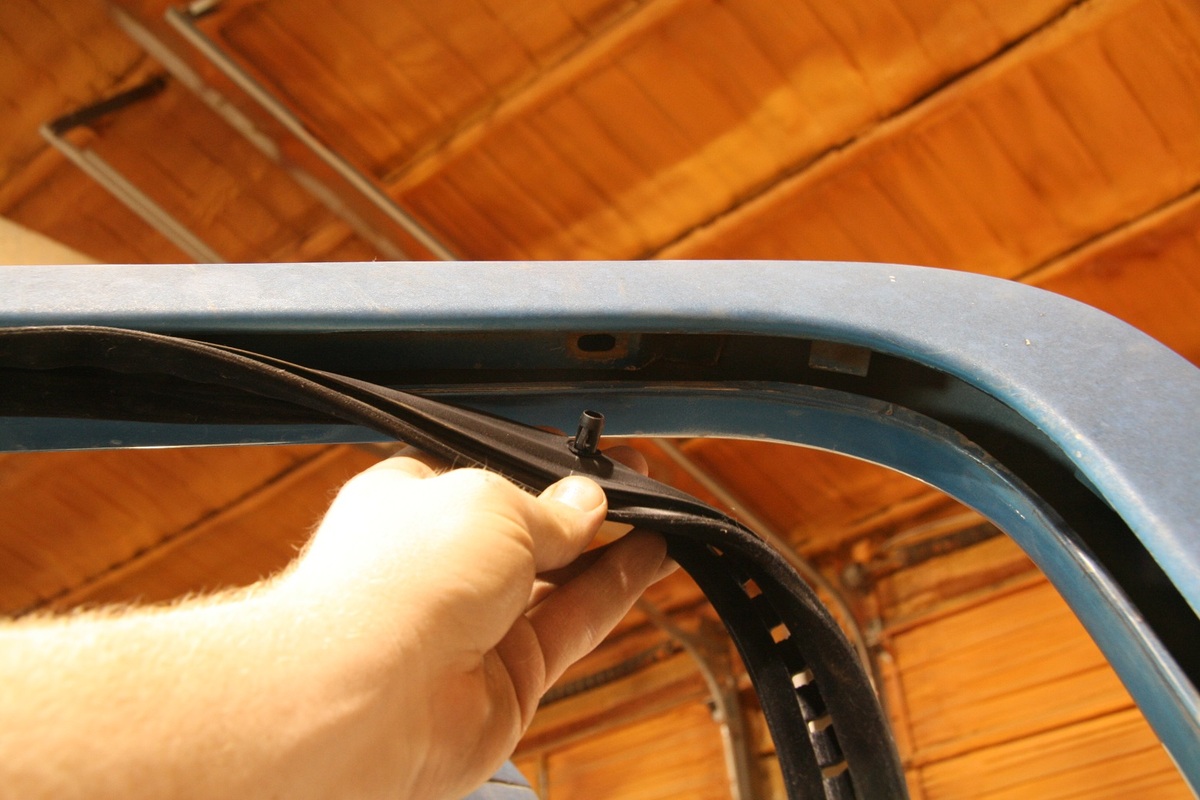
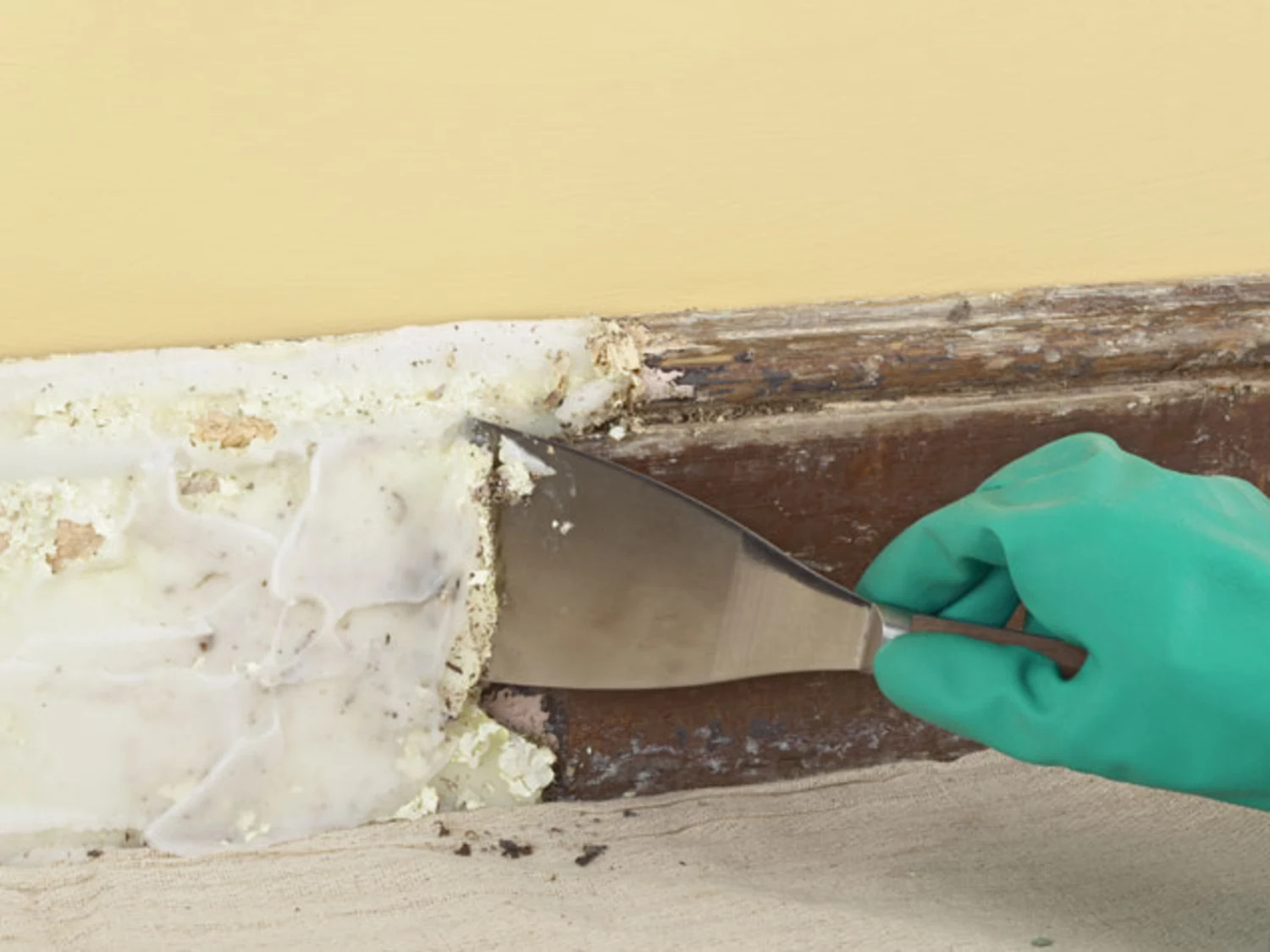
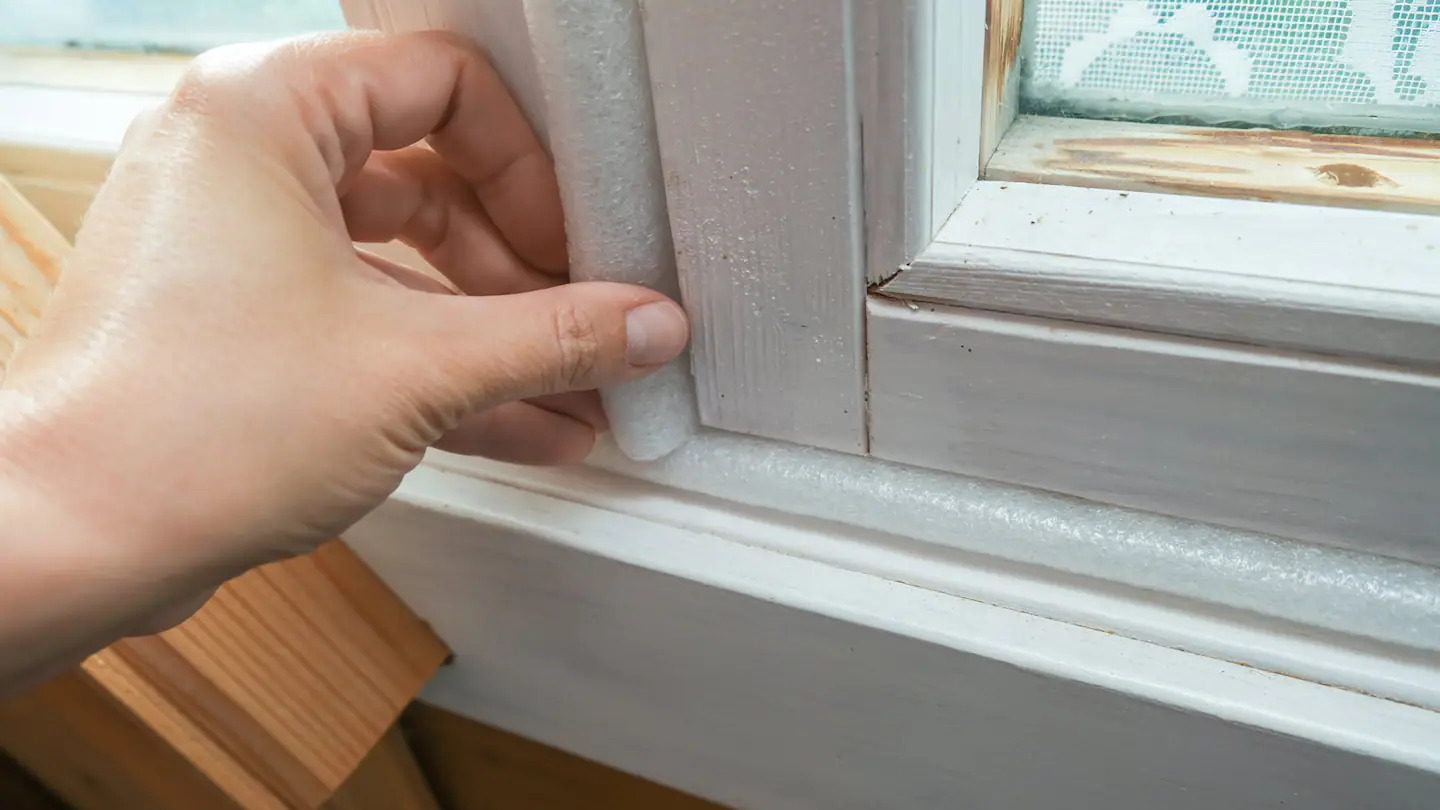
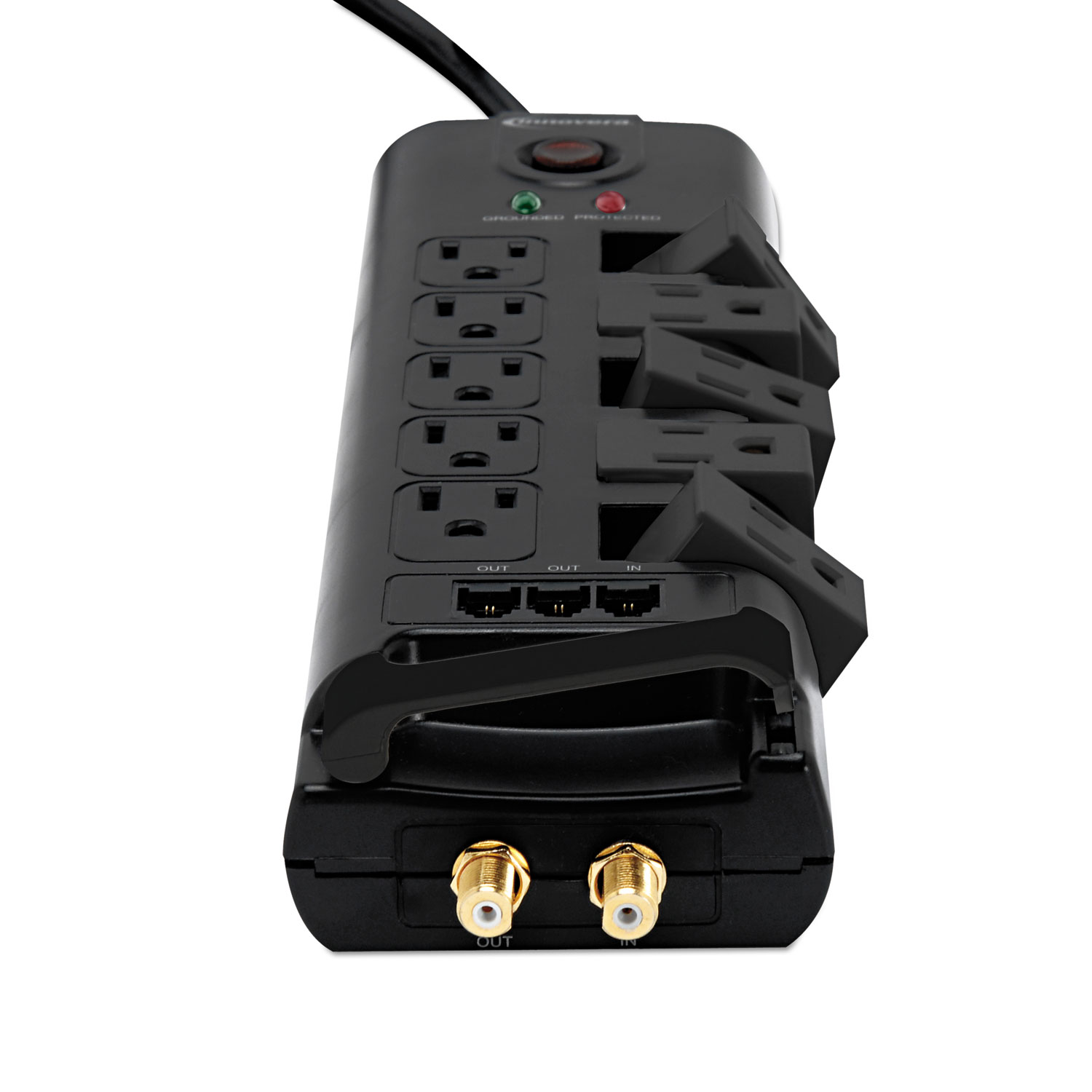
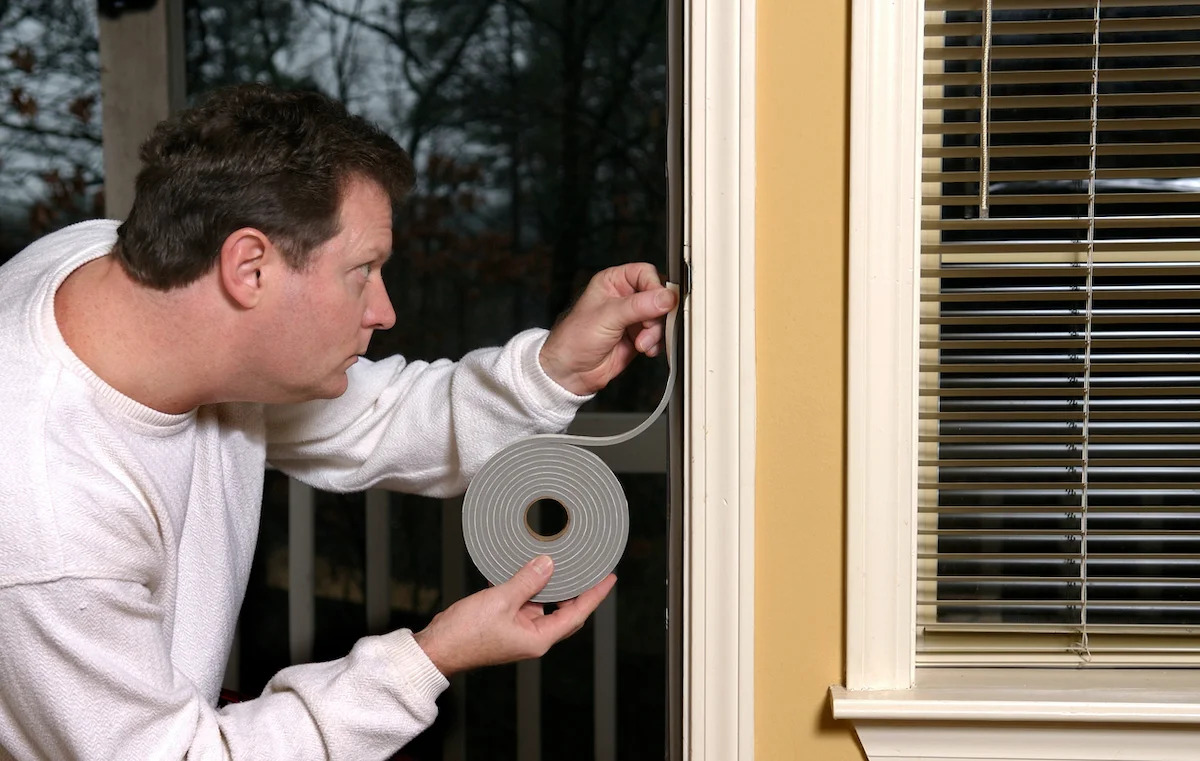
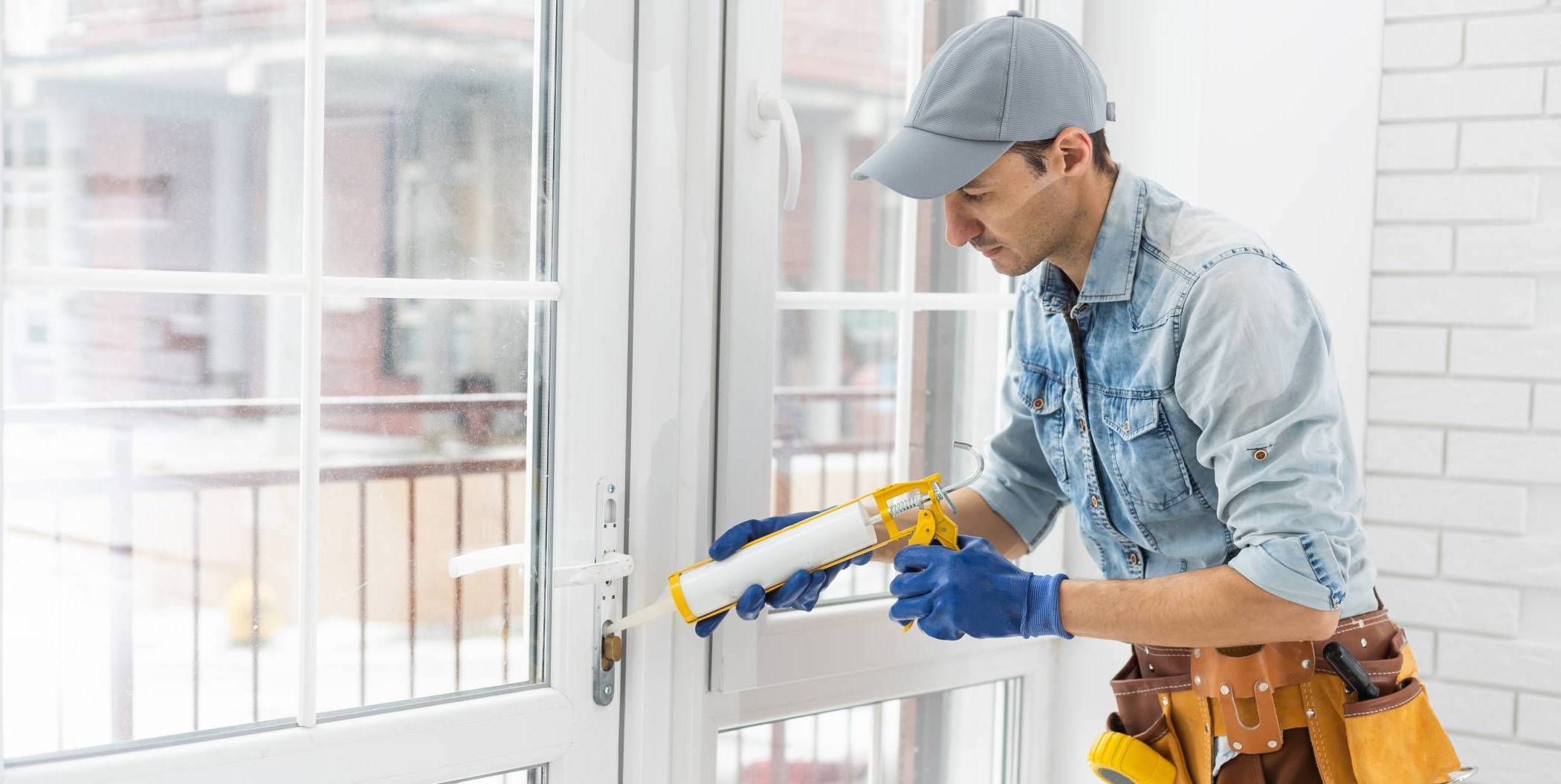


0 thoughts on “How Often To Replace Weather Stripping”